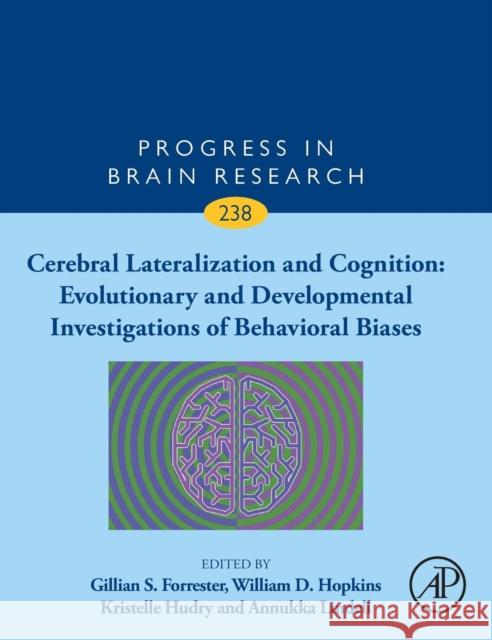Cerebral Lateralization and Cognition: Evolutionary and Developmental Investigations of Behavioral Biases: Volume 238 » książka
topmenu
Cerebral Lateralization and Cognition: Evolutionary and Developmental Investigations of Behavioral Biases: Volume 238
ISBN-13: 9780128146712 / Angielski / Twarda / 2018 / 457 str.
Cerebral Lateralization and Cognition: Evolutionary and Developmental Investigations of Behavioral Biases: Volume 238
ISBN-13: 9780128146712 / Angielski / Twarda / 2018 / 457 str.
cena 969,33
(netto: 923,17 VAT: 5%)
Najniższa cena z 30 dni: 965,34
(netto: 923,17 VAT: 5%)
Najniższa cena z 30 dni: 965,34
Termin realizacji zamówienia:
ok. 30 dni roboczych
Dostawa w 2026 r.
ok. 30 dni roboczych
Dostawa w 2026 r.
Darmowa dostawa!
Kategorie BISAC:
Wydawca:
Academic Press
Seria wydawnicza:
Język:
Angielski
ISBN-13:
9780128146712
Rok wydania:
2018
Numer serii:
000061059
Ilość stron:
457
Waga:
0.99 kg
Wymiary:
23.5 x 19.05 x 2.54
Oprawa:
Twarda
Wolumenów:
01
Dodatkowe informacje:
Bibliografia











